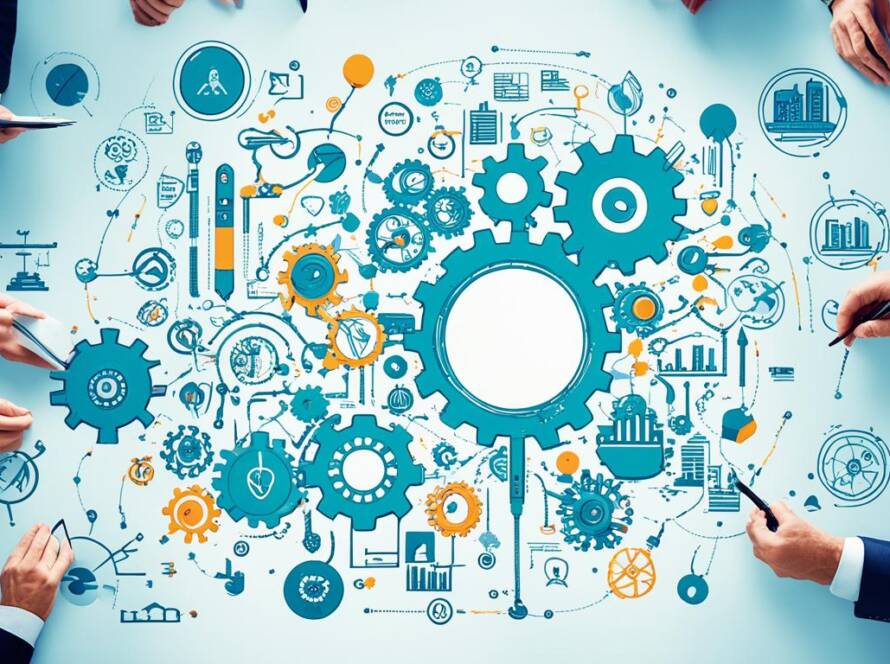In the rapidly evolving world of artificial intelligence, one term is rising fast in relevance and impact: RAG, or Retrieval-Augmented Generation.
If you’ve ever used a chatbot that pulled in accurate, up-to-date information from your company’s knowledge base—or generated a report from live documents—you’ve likely encountered RAG in action. It’s one of the most transformative frameworks in modern AI, and it’s changing how businesses and developers think about knowledge, relevance, and performance in AI systems.
Let’s break it down.
What Is RAG – and Why It Matters
Retrieval-Augmented Generation (RAG) is a hybrid AI architecture that combines two powerful technologies:
- Large Language Models (LLMs) that generate human-like responses
- Information retrieval systems that fetch relevant documents from external sources in real time
Rather than relying only on what the model was trained on—which might be months or years out of date—RAG pulls relevant, fresh information from a knowledge base (like internal company data, websites, or cloud documents) before generating a response.
Think of it like this: Instead of guessing based on memory, RAG “looks it up,” reads the source material, and then answers your question. That makes its responses far more accurate, current, and context-aware.
Example: A customer asks a support chatbot about a product launched two weeks ago. A traditional LLM wouldn’t know the answer—but a RAG-powered system can fetch the latest product manual and generate a helpful response based on it.
How RAG Works – Step by Step
Here’s a simplified breakdown of how RAG systems operate:
- User submits a query (e.g., “How do I reset my smart thermostat?”)
- The system converts the question into a vector—a numerical format representing the meaning of the query.
- That vector is matched against a vectorized document index (a searchable database of internal knowledge).
- The system retrieves the most relevant documents (typically 3–10).
- These documents are passed to the language model, which then generates a response grounded in the retrieved content.
This process ensures that responses are not just fluent and coherent, but grounded in factual, verifiable content.
How Vector Search Makes It Work
One of the core technologies that powers RAG is vector similarity search.
Every document or paragraph in the knowledge base is pre-processed and turned into a vector (a multi-dimensional list of numbers that captures the semantic meaning of the text). When a user asks a question, it too is turned into a vector.
The system then uses vector similarity algorithms—often powered by tools like FAISS, Weaviate, or Pinecone—to compare vectors and retrieve the most semantically relevant results.
Why not keyword search? Because vector search understands meaning. It can match “how to restart” with “reset instructions” even if the words don’t match exactly.
“Prop Before the Prompt”: The Role of Prompt Engineering in RAG
A critical enhancement to RAG is the concept of “prop before the prompt.”
Before the user’s query reaches the language model, the system adds contextual information—such as:
- Company-specific knowledge
- The user’s prior queries
- Role-based instructions (e.g., “respond as a financial advisor”)
This technique helps shape and personalize the final output, making it far more relevant to the user. In practice, this allows businesses to create AI agents that sound on-brand, stay on-topic, and adapt to different audiences.
How RAG Differs from Traditional AI Systems
| Feature | Traditional LLM | RAG System |
|---|---|---|
| Data Source | Static (trained data only) | Dynamic (live + internal documents) |
| Factual Accuracy | Risk of hallucination | Grounded in retrieved evidence |
| Adaptability | Fixed at training time | Flexible and updatable in real time |
| Business Use | General knowledge only | Tailored to organization-specific needs |
RAG in the Real World – Industry Use Cases
1. Customer Support Companies like Zendesk and Intercom now integrate RAG into their AI chatbots to provide real-time, document-based support. Instead of canned replies, users receive answers based on internal help docs, FAQs, and manuals.
2. Healthcare Medical research organizations use RAG systems to retrieve and synthesize content from clinical trial data, research papers, and patient records—helping practitioners access evidence-based answers during diagnosis or treatment planning.
3. Enterprise Search Enterprises use RAG to build internal knowledge assistants that help employees quickly find the right documents, policies, or compliance information—saving hours of manual searching.
4. Legal & Compliance RAG can parse through thousands of pages of contracts or regulations, retrieve the most relevant clauses, and summarize implications, making legal review more efficient.
Challenges and Considerations
While RAG offers immense benefits, there are still areas to watch:
- Data freshness: Retrieved content must be kept updated and version-controlled.
- Bias & misinformation: The system is only as good as the documents it retrieves.
- Security & privacy: Proper access control is essential when RAG queries internal or sensitive data.
The Future of RAG: AI That Keeps Learning
Retrieval-Augmented Generation is already powering some of the most useful AI systems today, but it’s still evolving.
We’re seeing RAG being combined with:
- Multi-modal inputs (images, PDFs, audio)
- Agents that act based on the retrieved info
- Continual learning systems that improve over time
As models get smarter and tools like vector databases become faster and cheaper, RAG will likely become a default architecture for enterprise AI.
Conclusion: RAG Is How AI Gets Practical
Retrieval-Augmented Generation turns AI from a passive memory bank into an active researcher.
It blends generation and search—creativity and context—into one system that delivers intelligent, grounded, and useful results. Whether you’re building a smarter chatbot, a legal search engine, or a sales assistant, RAG gives you the foundation for AI that works with your data, not just from it.


